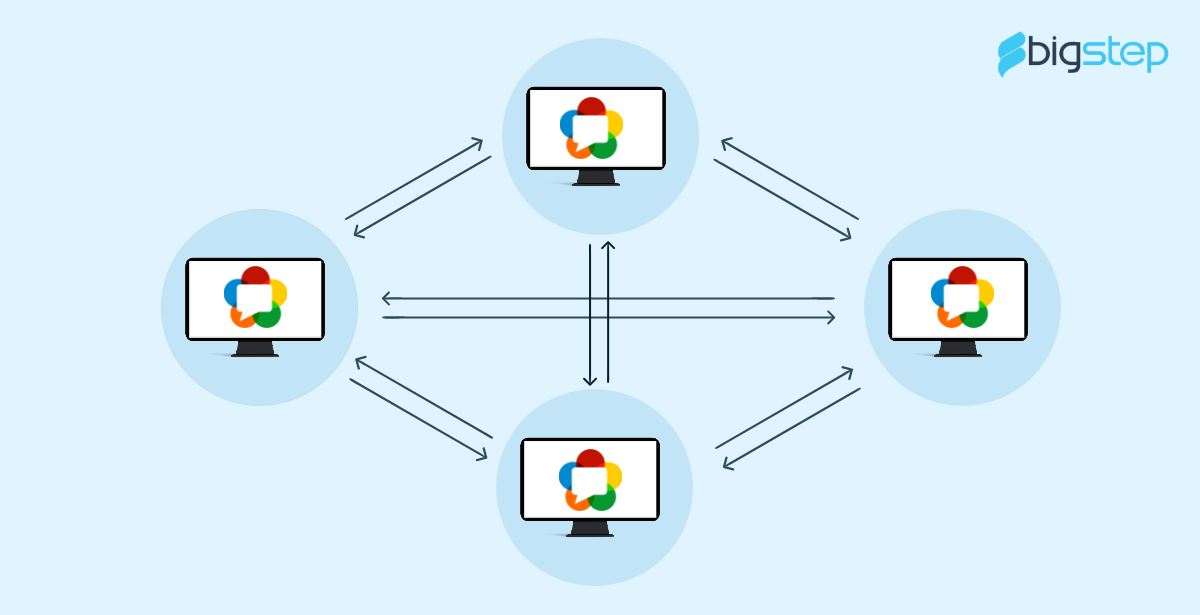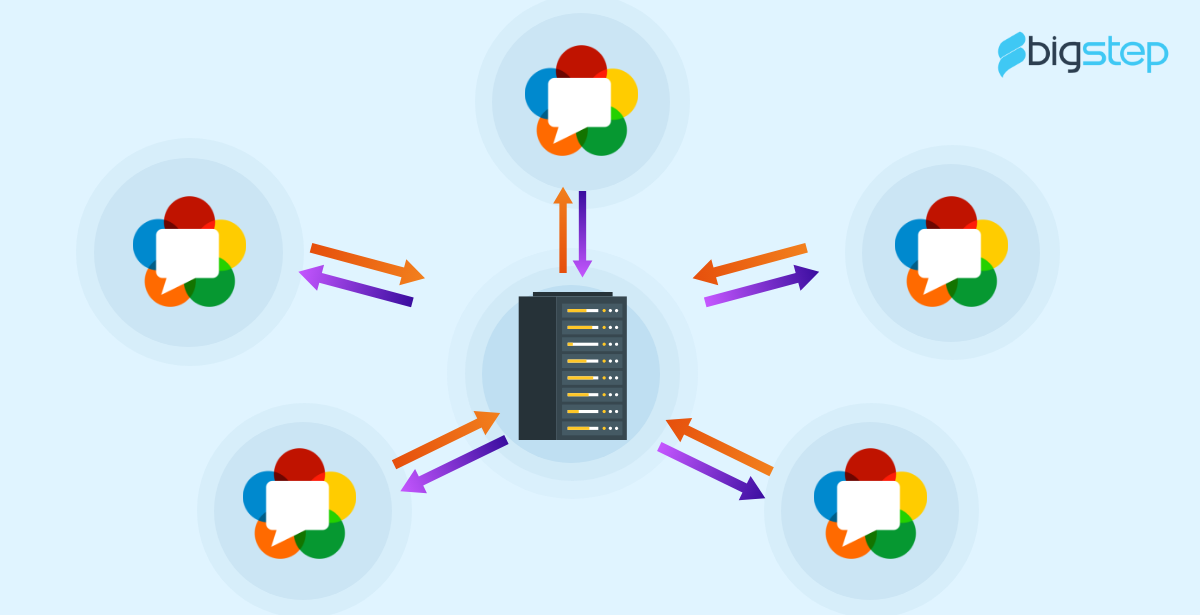Factors to Consider for your first WebRTC Project

Live Video Interactions and Experiences have become popular in a lot of applications across industries. From Enterprise Apps to Entertainment & Sports, Telemedicine to Online Education, Virtual Events to Ecommerce, many businesses have transformed over the past couple of years with Live Video and Real-time Engagement. WebRTC technology powers such real-time communication capabilities in applications.
While planning a WebRTC project, some paramount decisions need to be taken into consideration which will significantly impact the capabilities you will be able to offer in your application, the user experience you’ll be able to build, how future-proof your deployment is, and the amount of effort you will need to infuse in maintaining your service and keeping it up to date.
In this article, we will be discussing the factors that need to be considered while planning WebRTC applications. We will also be highlighting some common WebRTC issues and their solutions for better real-time communication.
NOTE: This article assumes that you are building your application with the open-source WebRTC project. However, PaaS platforms like Agora, AWS Chime, etc provide more scalable and optimized RTC SDKs that are compatible across a large variety of device and browser types. Therefore, for most of the factors we have highlighted, we have pointed out how Live Video PaaS like Agora handles that.
Before starting your WebRTC project, your team needs to consider scalability, as it plays a vital role in the success of WebRTC projects.
Scalability: In Mesh architecture, each participant in a video room sends and receives video, audio, and information about their connection to each participant. This means that if you are connected to 5 people, you have 5 connections open. But, WebRTC does not scale well if used in this way. If you want to have more users, you will encounter CPU and bandwidth issues. To overcome this problem, use a Media Server to distribute the video to the participants.

This will also allow more advanced features like integration with other technologies and processing video streams. Once we have solved the problem of participants’ scalability with a media server, there is a limit on how powerful a media server can be. At some stage, you may need more than one server. For a large number of participants, we will require a great effort in maintaining the media server else we can use a Live Video API platform.
API platforms (or PaaS – Platform as a Service) are a set of servers and client development kits (SDKs) that provide everything you need for developing a WebRTC application. On the server-side, basic functions are handled by all API platforms like signaling between the parties, session connections, and media flows across various network topologies and network address translations. There are some APIs that can handle advanced features as well. These APIs contain multi-party communications, streaming, recording, and third-party integrations support for identity management and other capabilities. However, on the client-side SDK, many API platforms offer support for desktop browsers as well as common mobile devices.

Basically, these API platforms enable you to focus only on your business logic. The complexity of maintaining and scaling your WebRTC service is addressed by them. They provide you the media server setup and the client-side SDK, so that you can have your WebRTC project executed effectively.
Below are some of the common API platforms for Real-time Communication which can scale upto one million participants, depending on the business use-case.
- Agora
- Vonage
- Twilio
- Red5Pro
Below are some of the commonly used Open Source API platforms:
- Jitsi
- Janus
- Kurento
- MediaSoup
- Pion
- Asterisk
- FreeSwitch
General Issues Faced in WebRTC:
WebRTC removes a lot of complexity while building a real-time communication application, but you still have many decisions to make and many moving parts to handle. There is no denying that WebRTC technology is taking the industry by storm, however, businesses fail to achieve desired results when they implement WebRTC practically.
Below, are the list of issues that you will encounter in your WebRTC application:
1. Device Compatibility: In the mobile world, WebRTC support isn’t on a similar level for what it’s worth on a Desktop. Mobile devices have their own way, so WebRTC is also something different on mobile platforms. For example, there may be a scenario wherein 1 peer would be using an iPhone and another peer has joined via a chrome browser, which can lead to improper communication. To overcome this problem, we can detect the device at a very early stage and proceed accordingly.
2. Browser Compatibility: Every browser doesn’t have all the same WebRTC features at the same time. Different browsers may be ahead of the curve, which makes some WebRTC features work in one browser and not another. In this scenario, we can show the warning to the end-user or check whether that WebRTC functionality is accessible in that browser or not and handle the case accordingly.
3. Device Permission Issue: When developing for the web, the WebRTC standard provides APIs for accessing cameras and microphones connected to the computer or smartphone. Device permission issues may exist, if someone has not given permission to another device for real-time communication. This issue can be solved on a pre-call screen.
4. Network Connectivity: Bad network has a notable effect on the WebRTC real-time communication, as video call/audio call works perfectly in one environment but degrades rapidly in another. This issue can be resolved by optimizing the bandwidth and setting up the appropriate video codec. In the case of Agora SDK, we have some inbuilt functions through which we can optimize the bandwidth and have a smooth video experience.
5. Session Recording: Recording is not possible, if we just use the browser WebRTC API. To get the session recording, we will require a media server to be set up, as the recording will be handled on the server-side. In the case of Agora SDK, it provides a set of REST APIs using which we can record and store the session for future purposes.
6. Not able to switch between different layouts smoothly: Sometimes we need to render different layouts according to business usecase. If we use different UI components for different layouts, then it might not give us a smooth experience. We should have a single UI component for different layouts for a better user experience.
7. High latency: If you are using core WebRTC API to get your project done, you will face a bit of latency in streaming as latency is dependent on the media server processing, and how efficient your media server is. To have a better user experience, you can use a third-party platform which has optimized streaming latency. In the case of Agora, it provides ultra-low latency to its users.
8. RTMP live stream appendment into the conference call: In WebRTC, there is a challenge while appending a live stream URL into your video conference. Suppose you want to append your Vimeo live into the WebRTC conference. It can be challenging in the case of WebRTC but in the case of Agora SDK, we have a direct function for this functionality.
Conclusion:
Platforms like Agora.io should be preferred to build Live Video and Real-time Engagement features in your applications. Agora.io is the best real-time engagement platform to embed voice chat, video chat and live interactive video streaming into your application. Agora provides features like ultra-low latency, scalability, reliability (available 99.99% of the time) , global coverage with more than 200+ data centers worldwide.
Considering the above details, it is always suggested to hire a WebRTC Application Development Company for your next project to make the best out of this solution. Being an Agora development partner, we at BigStep, have delivered numerous WebRTC projects and helped clients to launch amazing Real-time Engagement (RTE) Applications.
Have any WebRTC requirement to discuss, please feel free to contact us at info@bigsteptech.com
Kailash Malveeya
Software Engineer @BigStep Technologies. Specialized in WebRTC Technology and expert in solving modern technology problems.
No Comments
Sorry, the comment form is closed at this time.